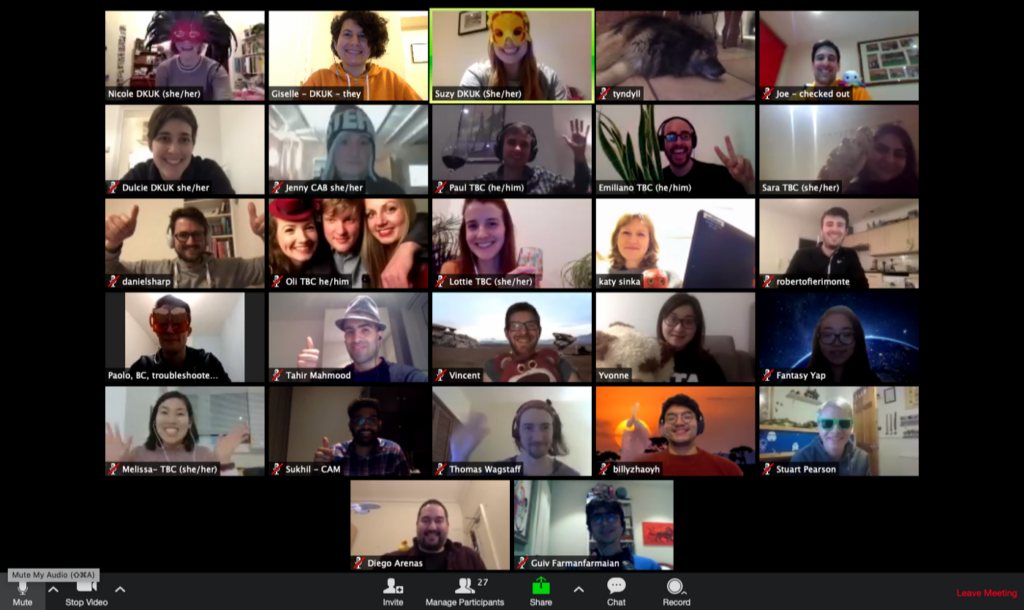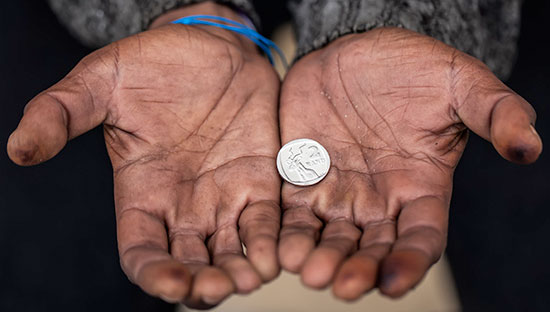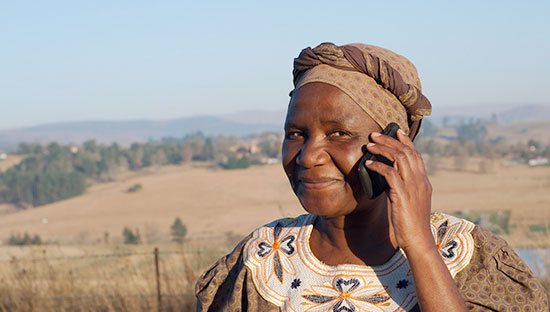By Suzy East, Project Manager, DataKind UK
Around the beginning of March, with four weeks to go until our Spring DataDive, Coronavirus was not the distant threat it had been in January. By the middle of March, with just two weeks until our event, it was clear that we had two options: cancel, or move it online.
For those that are new to DataKind, most of our key services are provided through volunteer-led projects, with associated in-person events like our regular DataDives, where we invite data scientists to spend a weekend providing pro bono support to charities. The sooner that these volunteers are brought up to speed, the sooner they can use their time to help the charity examine their data.
Surprisingly perhaps, for a charity whose core operations rely so heavily on technology, we’ve never been huge fans of remote events or remote volunteering. We’ve always believed that to get the best results for our nonprofit partners and to really engage our volunteers, an in-person human connection is vital. So it was with not a little trepidation (and not a lot of time) that we embarked on planning our first ever totally online DataDive weekend.
If you’re in the same boat and looking at translating your events from the real world into the virtual one, there are five things I would keep in mind:
Start small
We usually run events for between 60–100 volunteers, which can be challenging to keep track of, even when you’re all in the same room. We opted to reduce our event by more than half to about 12 people per team instead of nearly 30. This was the smallest team we thought we could have while still getting the results we wanted. We kept the length of the event the same — running over a whole weekend — but in hindsight could have shortened this too. We still found everyone was hugely productive and the smaller teams worked well together. Prioritise people’s wellness over the outcomes you might have expected from previous events. It turns out running a two-day event online is almost as exhausting as running one IRL, for both staff and volunteers!
If you can, do it beforehand
Even the most rigorously organised person will find an event stressful, and in the current pandemic we should all be a bit kinder to one another! It turns out planning a new event format from your living room to a background hum of global panic is not the most fun anyone’s ever had. However, all the preparation (and nerves) upfront really paid dividends.
Whatever you can do before the event, do before the event. Usually we start the weekend DataDives with charities pitching their projects, and our volunteers choosing one and signing an NDA. But picking teams, getting e-signatures, and adding people to the right Slack channels live on Zoom? Don’t even think about it. We used Google forms and Docusign to get this all done beforehand. There will always be something unexpected at a DataDive, whether real-life or virtual, so we eliminated as many tasks as possible ahead of time to cut us some slack on the weekend.
Put yourself in their shoes
Think about the experience you want to create for your event attendees and walk through it, moment by moment, as if you were them. We still wanted to get the same output from this DataDive as any other, so it was a case of plotting out the steps to make sure we got there.
As a volunteer or charity rep, what do I want to know before the event? What will make me feel comfortable? What questions will I have once we get started? How do I want to be communicated with, and how will I know I’m doing the thing I’m supposed to be doing? It was a slightly painstaking process, but one that helped fill in a lot of the detail for how the weekend would run.
Another important step was to be radically honest with our nonprofit partners. While we felt that an online event would still lead to valuable outputs for them, this was new for all of us. We invited their feedback and kept lines of communication open, but ultimately we had to hope that they would trust us enough to join us on this adventure into the unknown.

Over-communicate
As our Executive Director, Giselle, remarked to our volunteers, it’s much harder when you can’t just shout at people. Usually DataDives are structured chaos — there’s incredible hard work and discovery, and it’s occasionally punctuated by us climbing on tables and yelling. How did we replicate this online?
We went for a belt and braces approach, and communicated vital information in a variety of ways and places: on emails ahead of the event; on a Dropbox paper event page; on various Slack channels; and verbally over Zoom. We tried not to finish any catch up without giving explicit instructions on when and where we would regroup, and what we wanted to have achieved by then.
We set up extra Zoom lines, had many many Slack channels with pinned notes and resources, and repeated the schedule a hundred times. We shared quick how-tos of our favourite Slack and Zoom features, and made sure our core volunteers were well-versed in these so they could help newer volunteers. We provided mechanisms to ask for help and provide feedback. Some people found the updates a bit much and wanted more quiet time to work, but equally no one (we think!) was left floundering, wondering what they were supposed to do, and where they were supposed to be.
Use what you have
While we didn’t want to reinvent the wheel, I found myself relying much more on my existing knowledge of how our DataDives run, than the wealth of ‘how to put your event online’ blogs that are flying around. This was the tenth DataDive I’ve run in my time at DataKind UK, and I know pretty well by now what makes a good one. I’m not saying you should stop reading now… but trust your gut more than a blog. Get your thoughts down on paper, ask people in your community what they think, and test out as much as you can before the day.
The most valuable asset we had was the experience and dedication of our core volunteer community. As DataDive veterans, they held this one to the same high standard. They worked hard to make sure they and their teammates were producing great results for the charities, and to ensure the knowledge transfer from data scientists to the charities still took place. We drafted in extra helpers to keep everything on track, and their familiarity with DataDives and DataKind itself helped create a real sense of calm and comfort, especially for me as an organiser!
Finally, use the tools you have and know well. Now is definitely not the time to download a new conferencing tool or migrate to a different file sharing system.
What next?
We’re busy reviewing and wrapping up the findings from this DataDive, but overall we were incredibly pleased with how it went, both from a volunteering perspective and in terms of the findings we got for our charity partners!
It was an eye-opening experience, and one that we can continue to build on and perfect. Personally, I’m really excited about the potential this creates to make our events more accessible for volunteers and social change organisations alike.
In the meantime, we’ll be tidying up and sharing the templates and documents we used to help us plan and execute our online Dive. If you’d like to be among the first to get your hands on these, please shoot us an email at contact@datakind.org.uk!




